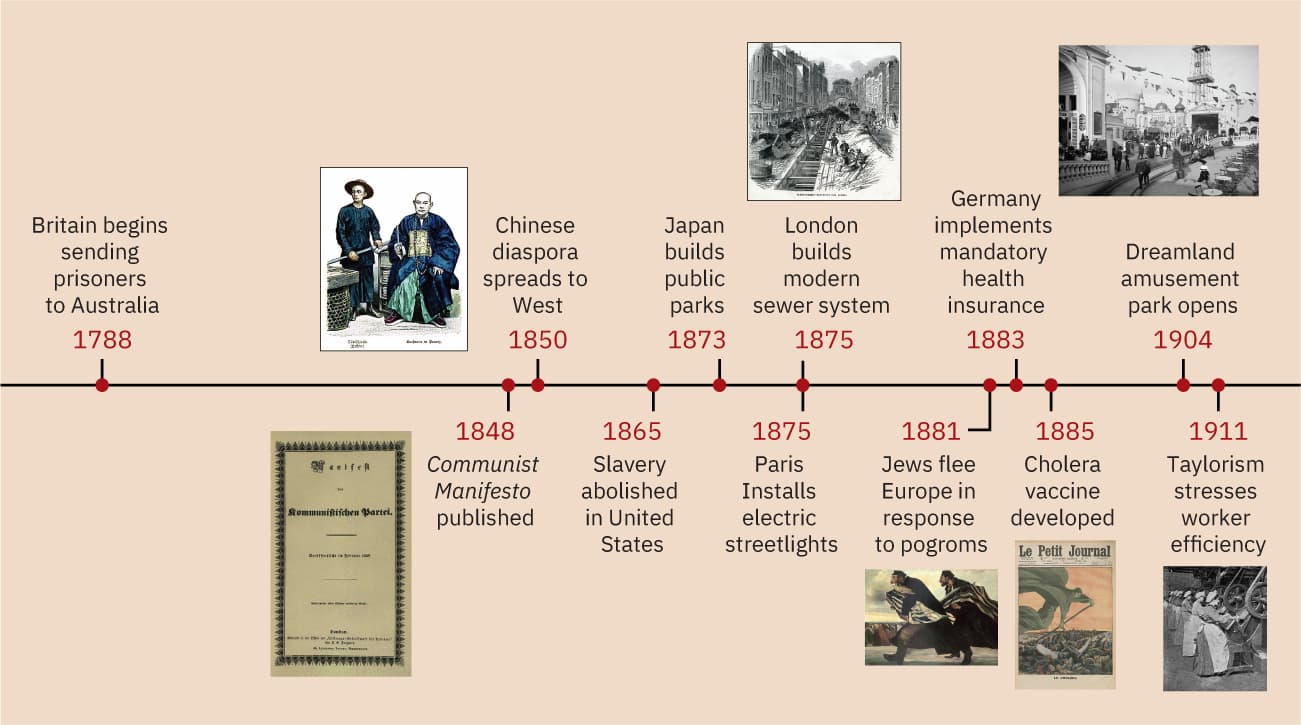Figure 10.1 This 1870 image from Meiji-era Japan, which reflects the Japanese folk belief that objects can become living things, shows representatives of old Japan doing battle with modern inventions and Western imports, like electric lamps and chairs. (credit: modification of work “The New Fighting the Old” by Printing Museum News N36/Wikimedia Commons, Public Domain)
The Second Industrial Revolution, which began in the second half of the nineteenth century and lasted until the start of World War I, brought about more than the economic developments that you learned about in Expansion in the Industrial Age. In addition to radically changing national economies and international trade, it also transformed the ways in which individuals lived and worked. Workplaces, homes, cities, and the experiences of entertainment, art, and literature were completely reshaped. Even the family underwent significant changes. This chapter focuses on the social and cultural transformations that accompanied the technological innovations of the nineteenth and early twentieth centuries.

Figure 10.2 (credit “1848”: modification of work “Communist-manifesto” by www.marxists.org/Wikimedia Commons, Public Domain; credit “1850”: modification of work “Southern Chinese (From Fukien), Merchant in Penang” by The History of Costume by Braun & Schneider/Wikimedia Commons, Public Domain; credit “1875”: modification of work “Deepening the Fleet sewer, 1845” by Illustrated London News/Wikimedia Commons, Public Domain; credit “1881”: modification of work “Pogrom” by Christie’s/Wikimedia Commons, Public Domain; credit “1885”: modification of work “Cholera” by Le Petit Journal/Wikimedia Commons, Public Domain; credit “1904”: modification of work “Dreamland Park, Coney Island, N.Y.” by Detroit Publishing, Co./Library of Congress; credit “1911”: modification of work “Can factory workers stamping out end discs” by Alaska-Yukon-Pacific Exposition of 1909/Wikimedia Commons, Public Domain)